Reviews
Valkoinen peura
Erik Blomberg
Finland, 1952
Credits
Review by Steve Macfarlane
Posted on 11 October 2013
Source Filigra Nowa DVD
Categories 31 Days of Horror X
There is little else out there like The White Reindeer. A simultaneous witch-and-vampire story from Finland, Erik Blomberg’s film has been quietly eking out a fanbase among movie lovers online (plus screenings in New York and Chicago) for the last few years. Written by Blomberg and his wife Mirjami Kuosmanen - who also stars - the film centers upon Pirita, a young trapper’s wife in the frostbitten frontiers of Lapland, beseiged by boredom and (it must be said) sexual frustration. Given its attempt to merge a hushed subtext - Kuosmanen’s overripe closeups would fit right into Bergman’s “Silent God” trilogy - with pulpy folk-tale mythology, it’s hard to imagine the film connecting perfectly with either audience upon its 1952 premiere.
Clearly the lightning rod of her village community’s attention, Pirita is voracious and quixotic, and she strikes the fancy of an older hunter named Aslak. During one of the community dogsled races, she’s thrown from her sled; he runs up to embrace her, and she flips him (and herself) over, leaving them both to tumble down the hillside laughing happily. Pinned underneath him, she warmly accepts his affections before they rejoin the group. The screenplay carefully folds these private moments into day-to-day communal living, suggesting less that Pirita looks to break out of the village’s traditionalism than to work around it. (Later, when she and Aslak have married, he rolls over negligently in their bed; she goes to stoke a fire, troubled, and notices an earlier potential suitor hazily smirking at her in the candlelight.)
Eventually Pirita visits the local medicine man - the only character who truly seems to live in solitude - and, plying him with butter and liquor, sees him agreeing to make her a “love potion” from, among other things, powdered deer testicles and “death mold”. (It doesn’t take much badgering: the old codger’s first line of dialogue is, “I knew you would come!”) To work, the charm demands a sacrifice from Pirita: the first living thing she encounters on her way home. Since that happens to be Aslak, she delays a little bit, but soon escapes the village limits and finds a safe place to slaughter her chosen victim, a reindeer. Blomberg (who also shot the film) is careful to lace these excursions with images of iced-over animal bones and spectacularly lopsided horizons, demonstrating Pirita’s willingness to take herself far out before the potion has even taken hold. Alongside Kuosmanen’s performance (which grows increasingly wracked with daylit nightmares and fits of sexual-homicidal pique), these choices build gloriously into The White Reindeer’s second half.
Pirita’s nocturnal form requires her to seduce men as a potential trophy - a phantasmal white reindeer, made possible by inverting the exposure of the film - before seducing them again as a woman, killing them and drinking their blood in the process. As it shifts between flatlands naturalism and feverish melodrama, the film is doggone hard to receive as anything other than a contorted love letter to its antiheroine, its author’s pen meandering from spite to obeisance and back again in one loopy stroke. By aligning the curse with the landscape, Blomberg cannily enshrouds her in a broader process of natural selection, and the village idiots she tends to pick off are - while unfortunate - less than essential to the film’s human drama. So who wins? When it comes to sex or death, The White Reindeer’s American and European contemporaries generally traipse in darkness; in this rare collaboration, a husband-and-wife team managed to make daylight more terrifying. By endowing its fairy tale gimmick with the fruits of documentary filmmaking, The White Reindeer neutralizes the usual kill-the-monster anxieties that loom over 50s gothic, instead giving grandeur and melancholy to its feminist subtext by burying it - as countless other stories must be buried - in the frozen wilderness.
More 31 Days of Horror X
-

Safe
1995 -
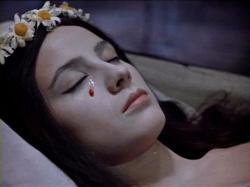
Viy
1967 -
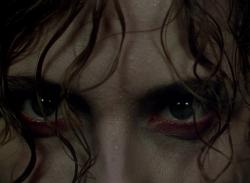
Black Narcissus
1947 -
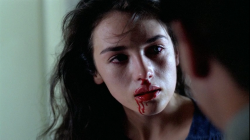
Possession
1981 -

Carrie
1976 -

The Devils
1971 -
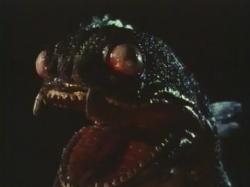
The Sea Serpent
1984 -

The Dark Half
1993 -

The Baby
1972 -
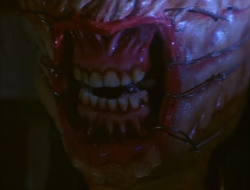
Hellraiser
1987 -
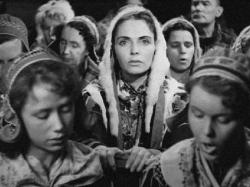
The White Reindeer
1952 -

The Serpent and the Rainbow
1988 -

Endless Descent
1989 -

Prom Night
1980 -

Night Train Murders
1975 -
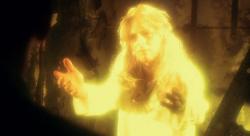
God Told Me To
1976 -

In a Child’s Name
1991 -
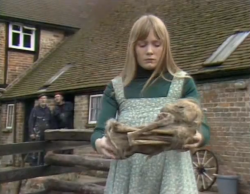
Beasts
1976 -

Prom Night II
1987 -

Men Behind the Sun
1986 -

DeepStar Six
1989 -

At Midnight I’ll Take Your Soul
1964 -

They Came Back
2004 -

Buried Alive
1990 -

A Bucket of Blood
1959 -
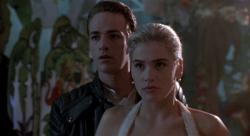
Buffy the Vampire Slayer
1992 -

Night and Fog
1956 -

It Came From Beneath the Sea
1955 -
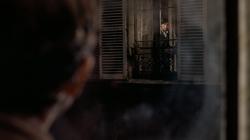
The Tenant
1976 -

Tokyo Gore Police
2008 -

The Rocky Horror Picture Show
1975
We don’t do comments anymore, but you may contact us here or find us on Twitter or Facebook.



